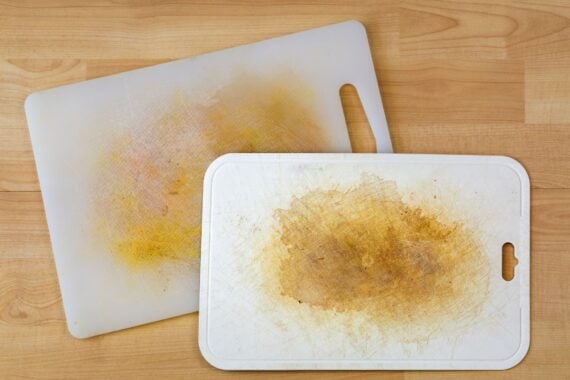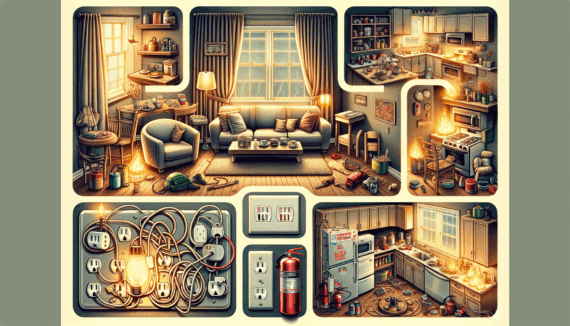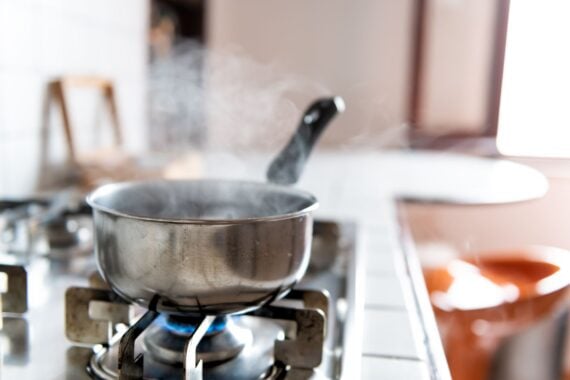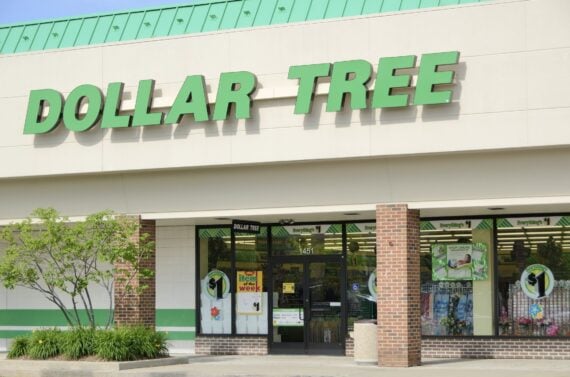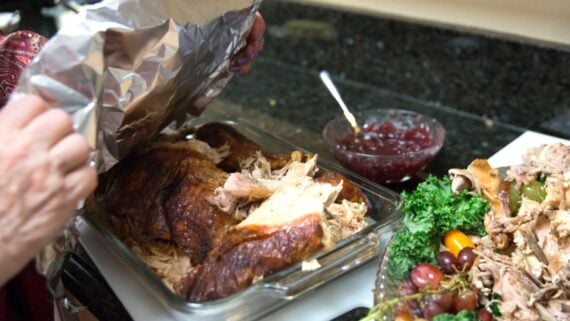Cooking and kitchen videos can be a great way to learn new recipes and cleaning tips. But you’ll also come across fear-mongers on the internet spreading half-baked truths.
One alarming and stomach-turning claim suggests you might as well make a sandwich on your toilet seat because it’s probably cleaner than your cutting board.
But is there any truth to this shocking assertion? Let’s get into it.
What’s the Claim?

In a TikTok video, influencer and aesthetic nurse practitioner Miranda Wilson demonstrated how to thoroughly clean cutting boards using salt and vinegar. She did this while making the alarming statement that these boards can harbor 200 times more fecal bacteria from raw meat than a toilet seat. The internet went wild, and the video amassed over 2 million views.
Where Did This Alarming Claim Come From?
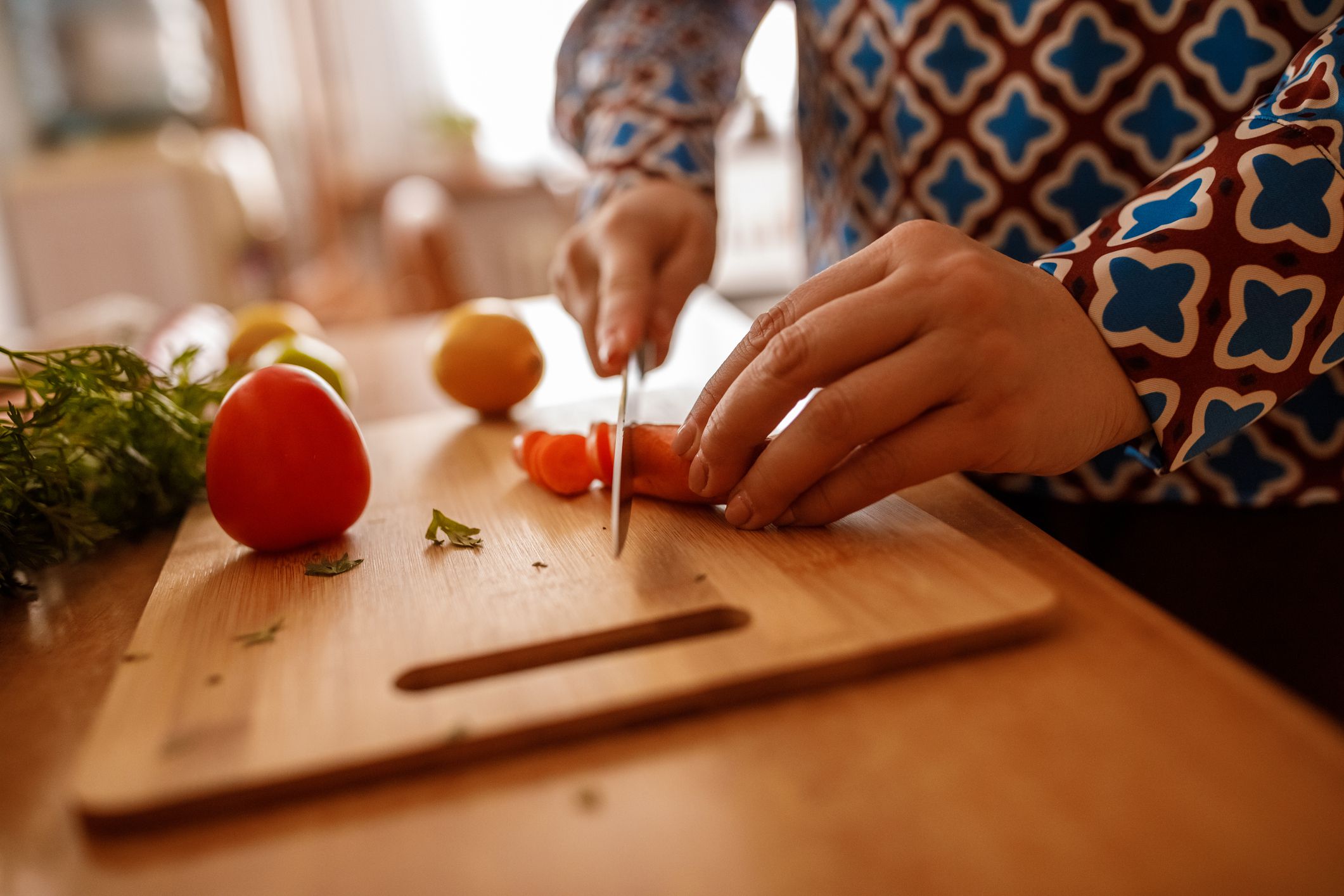
The stomach-turning claim seems to be traced back to Dr. Charles Gerba, a microbiologist and a professor of virology at the University of Arizona. He told the BBC back in 2012 that toilet seats are actually the cleanest items in your home while cutting boards, on the other hand, are 200 times filthier.
Is There Scientific Research To Support This Claim?

Food & Wine did some digging and found there’s no solid research to back up the claim that cutting boards are 200 times dirtier than toilet seats. Instead, it seems Dr. Charles Gerba is citing a survey by the Global Hygiene Council (GHC), which allegedly made this startling comparison. However, tracking down that original research has proven to be quite an elusive task.
So, How Filthy Are Cutting Boards?
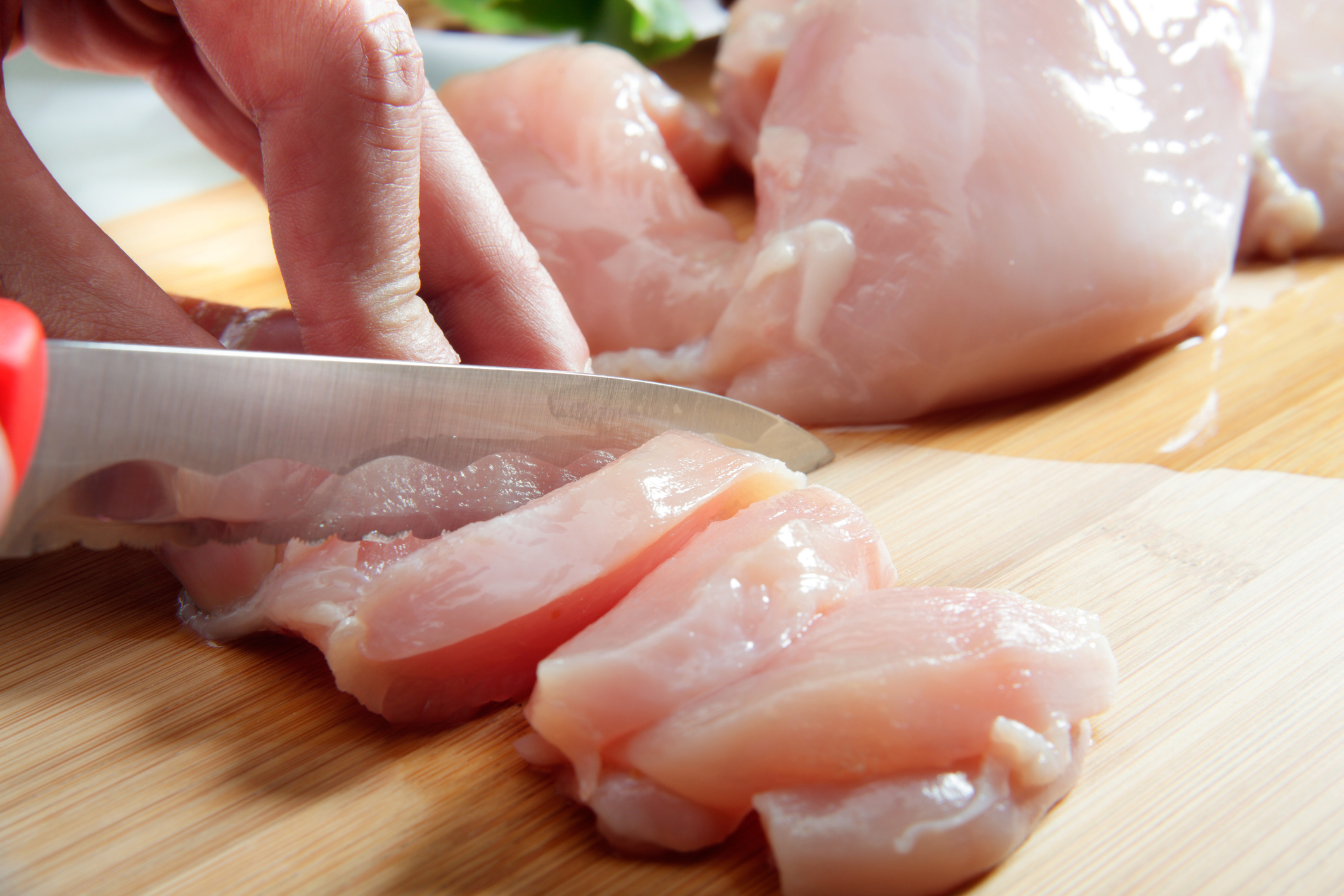
Experts tell The Indian Express that while cutting boards can hold pretty nasty bacteria like E. coli and Salmonella (mainly from raw meat), comparing them to a toilet seat is a stretch.
How Should You Clean Your Cutting Board?
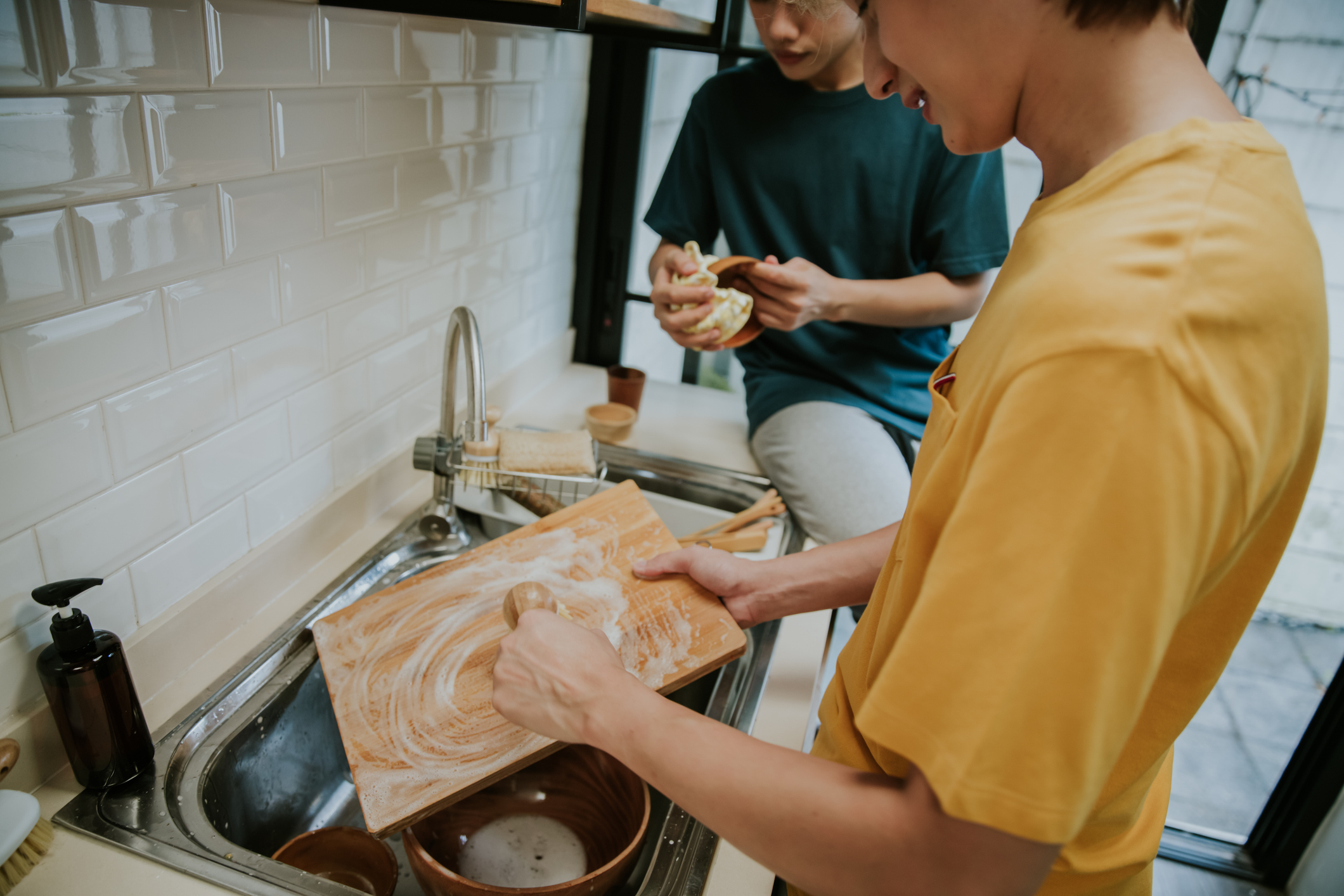
Experts recommend washing your cutting board with hot, soapy water immediately after use, especially if you’ve been preparing raw meat. For a deeper clean, you can use natural disinfectants like white vinegar or lemon juice.
Trending on Cheapism
Should You Use a Bleach Solution?
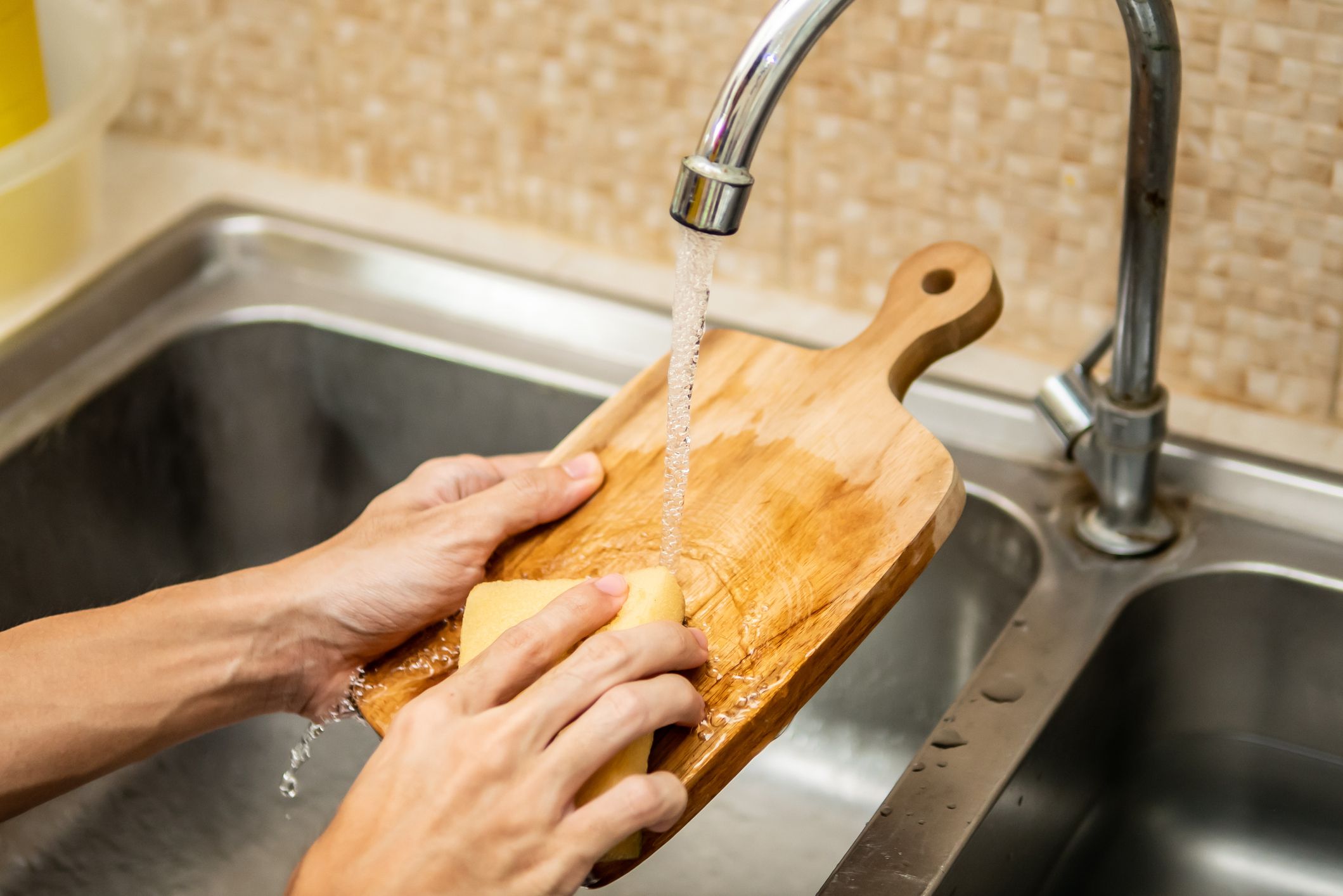
The U.S. Food Safety and Inspection Service advises using a diluted bleach solution occasionally, ensuring you let the board air dry completely afterward. Remember, moisture is bacteria’s best friend!
Plastic or Wood: Which Is Safer?
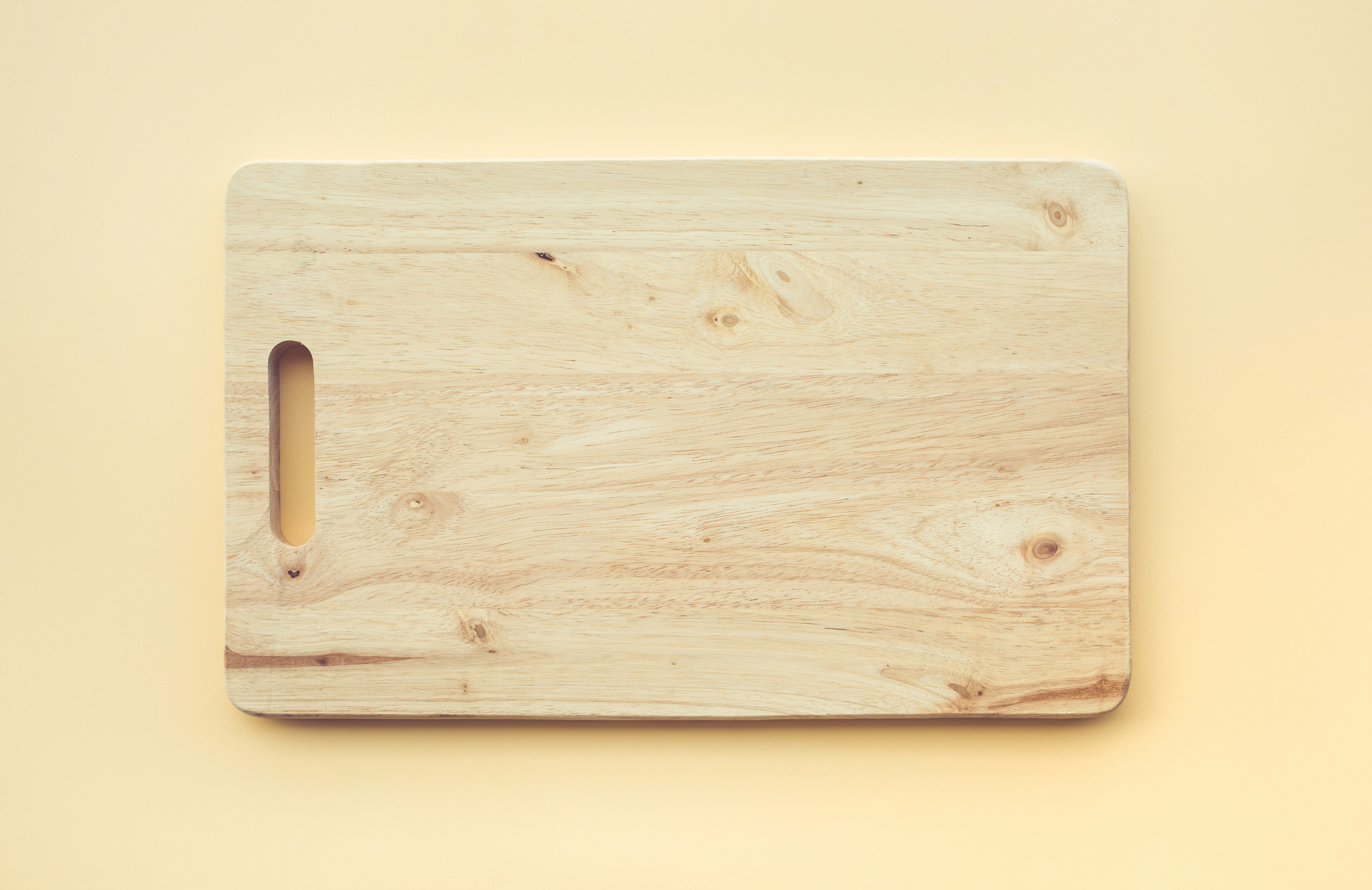
So, should you ditch your wooden boards for plastic ones? Not so fast! A 2015 study found no significant difference in bacterial counts between wooden and plastic cutting boards, provided both are properly cleaned. However, wooden boards do have porous surfaces that can trap bacteria, especially if they develop deep grooves over time.
For more great household tips, please sign up for our free newsletters.
